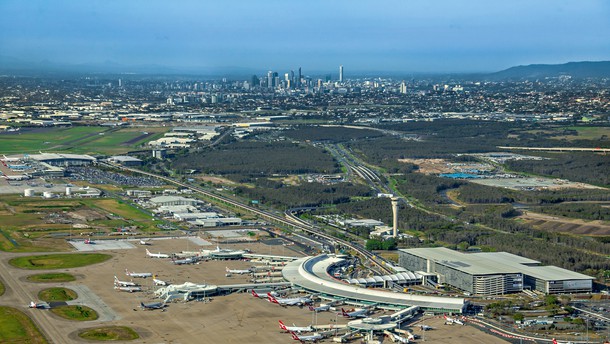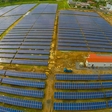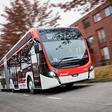
Several airports around the world prove otherwise, however. Amidst the kerosene fumes, they have taken a number of groundbreaking initiatives that actually put them at the forefront of a sustainability revolution. Plugin focused on some of the most innovative airports around the world, and spoke with their representatives to get the latest developments.
In India, Cochin International Airport started a small pilot project in 2013 with solar panels on its roof. The results were positive and led to the installation of a huge 12 megawatt solar plant that produces enough energy for the whole airport. The airport is now even sending energy back to the grid.
Solar Energy and EVs
Many other airports have started to use solar panels to produce a part of the energy they need and thereby cut emissions. Electric buses should further cut emissions of CO2.
In South Africa, George Airport was the first African airport to follow Cochin's example, and run for the most part on solar power. While the airport is "off the grid" during the day, it plugs in at night. Only three months after its start, in February this year, a second South African airport went solar. Kimberly Airport launched its solar plant in May, and in July Upington International Airport followed, with its own solar plant.
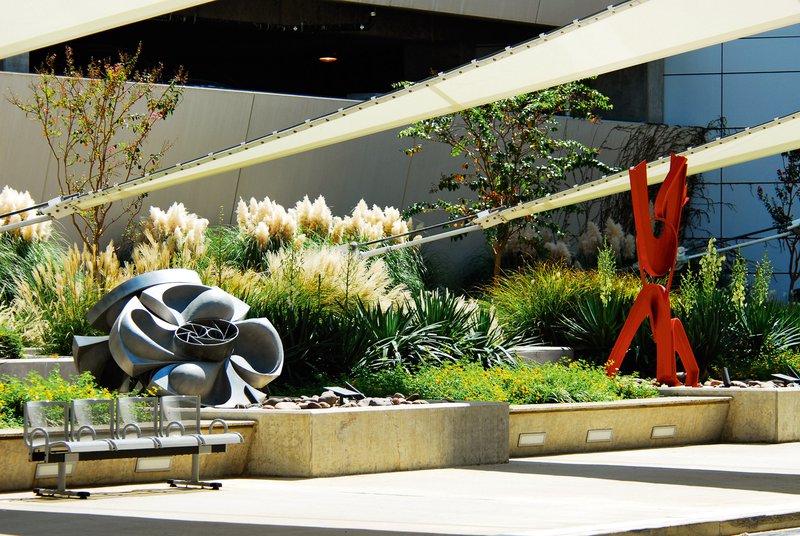
At Amsterdam Schiphol Airport in the Netherlands, solar panels cover the airport terrain, about 3000 square meters (producing 440 Mwh), used to fuel 35 electric buses. At the same time, a futuristic new bus station has been opened, made of a renovated World War II airplane hangar, with a roof filled with solar panels that produce enough energy for the whole station, including the LED lights that project different colors at the remarkable station. To further reduce its carbon footprint, the airport enlisted 167 Tesla Model S taxi cabs, in late 2014.
Two hundred kilometers south of Amsterdam, solar energy and electric buses are also used to reduce the carbon footprint, though they are not directly combined. At Brussels Airport, two solar parks were built in 2011 and 2013, producing almost 3000 Mwh, equivalent to the yearly usage of 870 households. This year, the airport announced it will buy 30 electric buses to transport passengers at the airport. Meanwhile, as the number of passengers rose by 30% in the last couple of years, the use of electricity at the airport was cut by 8% and the use of natural gas by over 30%.
Besides the use of electric buses or other vehicles owned by the airport, many airports try to facilitate and stimulate the use of electric vehicles and plug-in hybrids as much as possible. At Portland International Airport, 42 EV charging stations were installed last year, the largest installation of its sort anywhere in the US at the time. At Stockholm Arlanda Airport, there are currently almost 100 parking spaces equipped with charging posts for electric cars and plug-in hybrids. And more is to come soon, as London Heathrow announced recently a plan to increase its current 21 chargers by another 135 charging points in and around the airport.
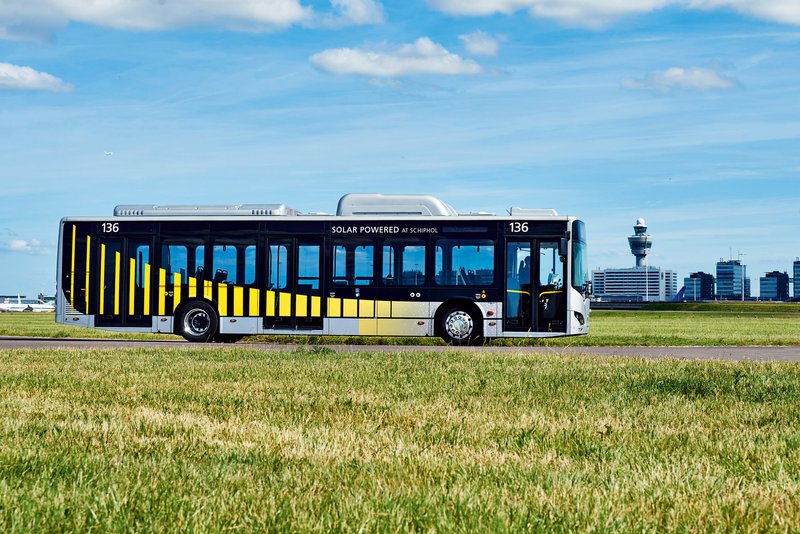
Besides the use of electric buses or other vehicles owned by the airport, many try to facilitate and stimulate the use of electric vehicles and plug-in hybrids as much as possible.
Energy-Saving Initiatives
Whereas some airports replace part (or all) of their energy consumption with renewable energy, simply saving energy (and thus emissions) is another priority for many airports. Among the often-used ways to do so are mass replacements of old lighting with LED lamps, as well as optimizing the use of daylight. Furthermore, better isolation and cold-heat exchangers help to reduce energy demand and increase energy efficiency.
At Zurich Airport, emissions from its own operations have been calculated since 1991, and reduced by 30% during that period, while the airport actually grew. Brussels Airport, meanwhile, saw the number of passengers rising by 30% in the last couple of years, whereas the use of electricity at the airport was cut by 8%, and the use of natural gas by over 30%.
An airport that combines structural reductions in energy use with its own, more eco-friendly, heating system is London Stansted Airport. A 2 megawatt biomass boiler replaced an existing gas-fired heating system. The boiler is fuelled by high grade wood chips from timber originating from the area around the airport. While saving about 1750 tons of CO2 a year, it also produces 30 tons of ash that is used for crop fertilization at a local farm. In the US, Dallas Fort Worth is among the busiest but also most eco-friendly airports. We spoke with Ryan Spicer, sustainability manager, who enthusiastically gave us the latest, still-unpublished numbers:
The cumulative energy saved at the airport has tripled from 2011 to 2016, and the cumulative reduction in CO2 emissions has quadrupled in the same period. Meanwhile, the reclaimed water usage has gone from zero to 92 million gallons since 2011. During this period, the number of passengers rose by over 10%.
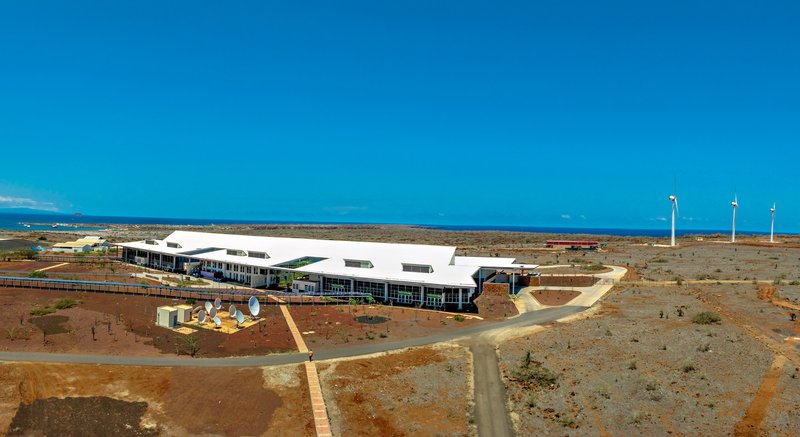
Recycling
A substantial contribution to more eco-friendly airports lies in recycling any possible materials that would otherwise end up at the dumping ground. Besides the regular recycling of waste from passengers, some airports try to do more. An interesting example comes from Amsterdam Schiphol Airport. Sanitary wastewater from airplanes is processed and struvite (a phosphate mineral) is extracted from it and turned into fertilizer, used on the airport terrain. This terrain is used again to grow flax and elephant grass. Besides keeping birds away, it absorbs CO2 and is used to produce sustainable building materials, like bio-composite, and natural paints that are used to paint airport terminals.
In Brisbane in Australia, we spoke with Maddalena Gabrielli, sustainability engineer at Brisbane Airport. She updated us on all the current sustainability projects: Recycled water has consistently made up about 20% of airport water use since it was introduced in 2009. We combine recycled water from Queensland Urban Utilities with stormwater captured in the freshwater lakes and rainwater harvested from roof spaces, and this is used for irrigation and construction projects (particularly for dust suppression). It is also treated to Class A+ in a nano-filtration plant for use in the terminal cooling towers. The efforts to save water are combined with efforts to save energy. They include lighting control upgrades in the airport car parks, the installation of LED lighting through the airport terminals and airfield, the installation of solar panels, and chiller upgrades. Thanks to these initiatives, the expansion of our airport in recent years has not lead to any increase in energy use.
A rather special form of recycling was used at Groningen Airport Eelde in the Netherlands. Onno de Jong, manager of the airport, talked with Plugin and explains: "While extending our runway, we used ash from burned waste as foundation. Thus, we saved 140.000 tons of sand, a technique that has never been used before in Europe under a runway."
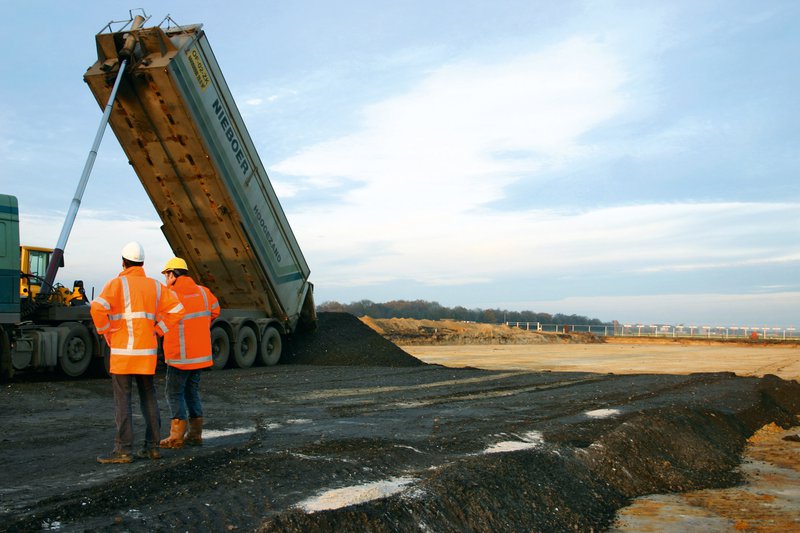
The Biggest Challenge
Many airports have booked significant or even spectacular results to make their own operations more sustainable, or even completely eco-friendly. The examples mentioned above are just a few among countless others. The biggest challenge, however, lies in the air traffic itself, which is responsible for a significant part of all emissions worldwide. Some ongoing developments, however, are reason for increasing optimism on this front.
First of all, the fuel efficiency in air transport has structurally increased since the 1950s. However, with similarly increasing air traffic, emissions from air transport remain enormous. Nevertheless, the gains in efficiency are important, and will continue in the years to come. All kind of factors are at play here, and can be further optimized. Flying at the optimum altitude and cruising speed, reducing weight of both fuel, water and the plane itself, and direct routing all help to significantly reduce fuel consumption.

One specific method to save fuel is the so-called continuous descent approach (CDA), a method by which aircraft approach airports prior to landing. Instead of approaching an airport in a stairstep fashion, throttling down and requesting permission to descend to each new (lower) altitude, CDA allows for a smooth, constant-angle descent to landing. Thus, both fuel consumption and noise are reduced. One of the airports applying this approach is Groningen Airport Eelde. According to Onno de Jong, the amount of saved fuel is limited, but this is due to the crowded airspace above the Netherlands, that hinders the optimum application of this method. For many airlines in less busy regions, however, the CDA can significantly increase fuel efficiency.
Secondly, and most importantly, bio fuels need to cut the carbon footprint of air traffic in the next decades. One successful example is bio kerosine, made with the so-called Solaris plant. An Italian company developed this tobacco plant, and a collaboration of Boeing, Sunchem, South-African Airlines and SkyNRG started a project to actually turn this into bio kerosine. At the moment, South-African Airlines is already flying with this eco-friendly fuel. To be sure, the whole cycle of production fits into a broader sustainable framework. The plant grows in the Limpopo region that has suffered from a decrease in demand for tobacco for the tobacco industry. With the new crop, each hectare leads to one full-time job. With a projected 250,000 hectares, this is a major impulse for this troubling region. Furthermore, each part of the plant is used. While the seeds are used by extracting their oil, the remaining press cake is used as animal food, and the remaining biomass is turned into biogas.
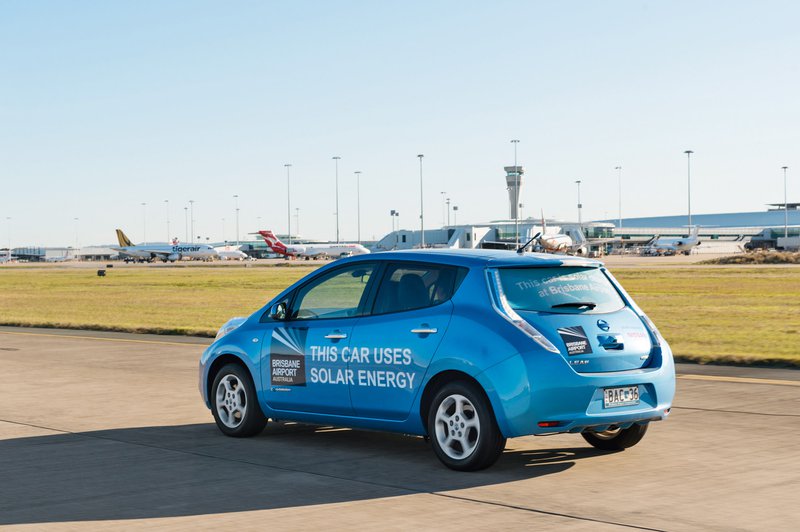
The solaris-based biofuel is just one example among many, running from cooking oil to biowaste, as a base for aircraft fuel. Together, they hold a promise for the future to move beyond sustainable airports to sustainable air traffic.
